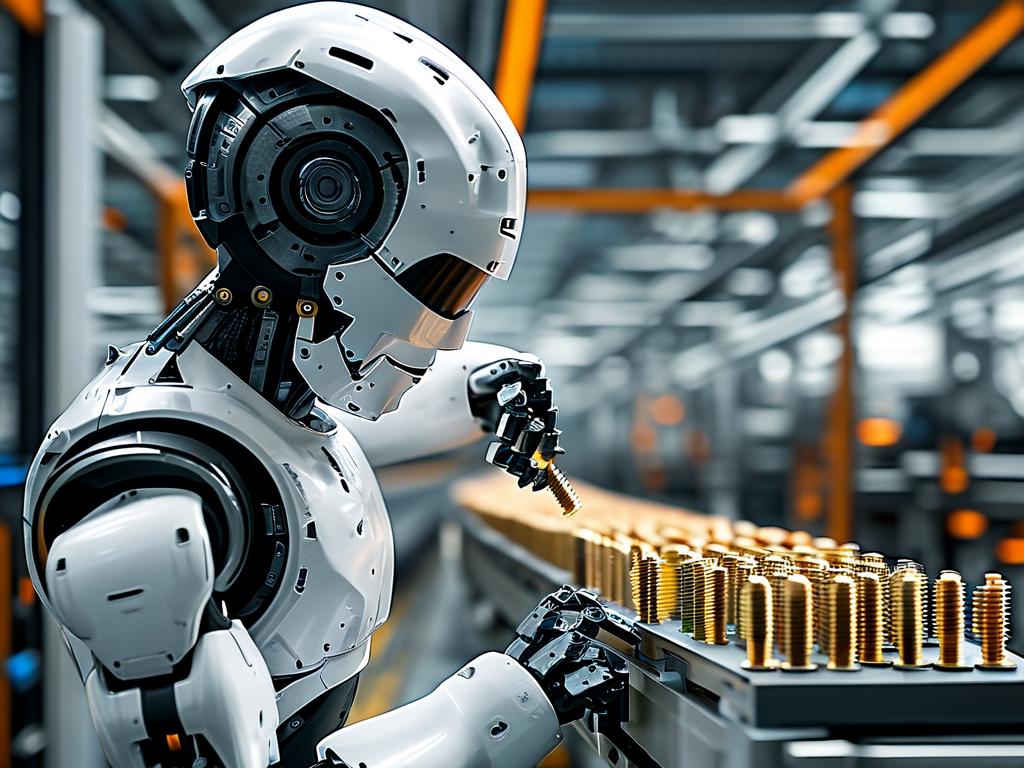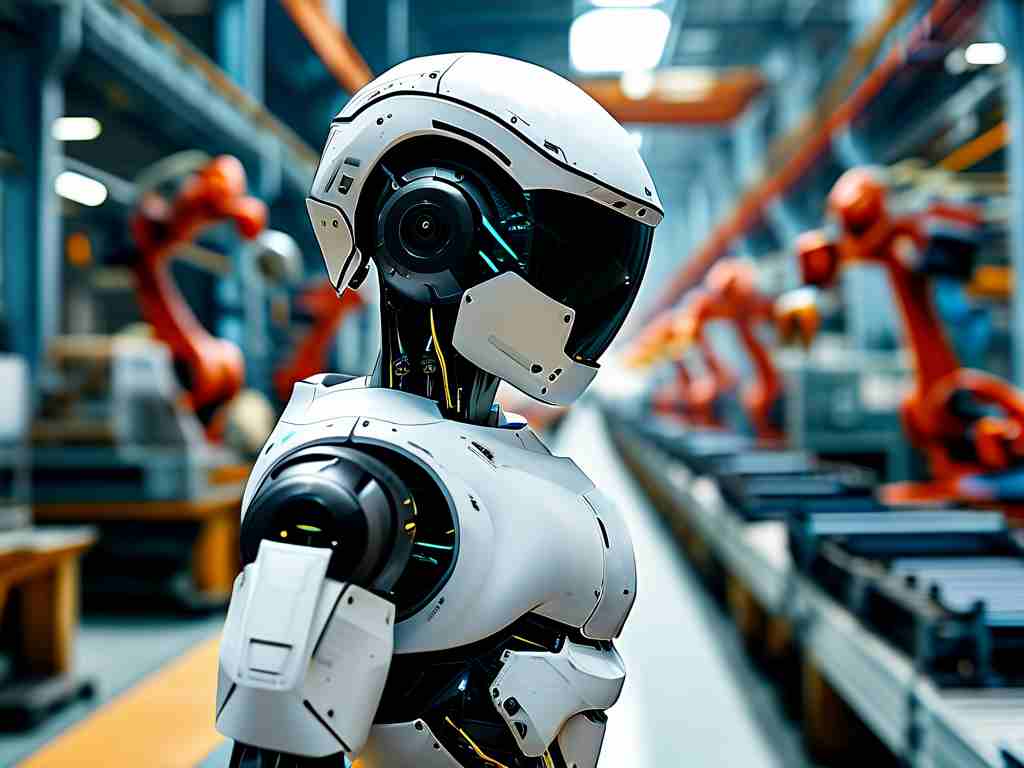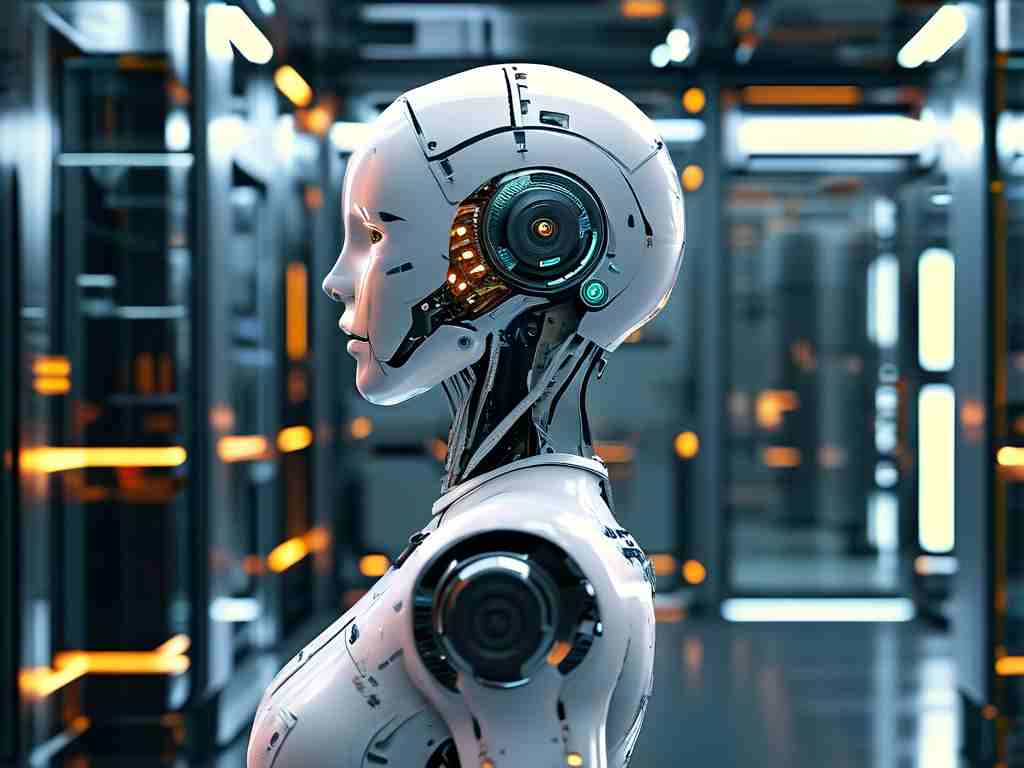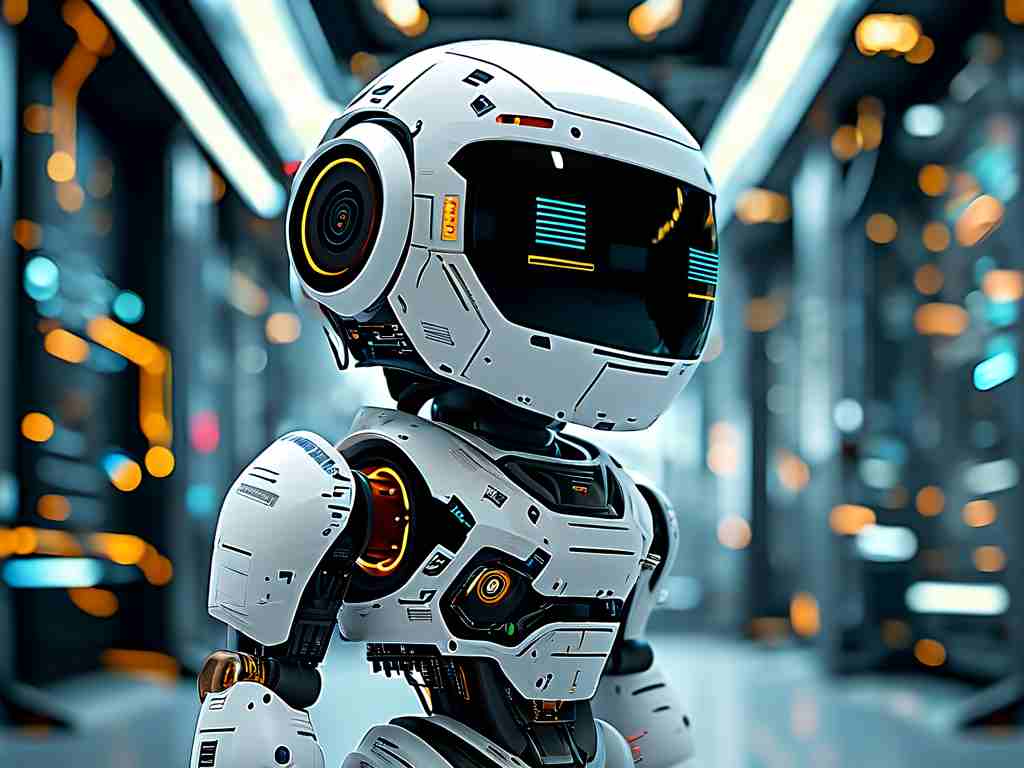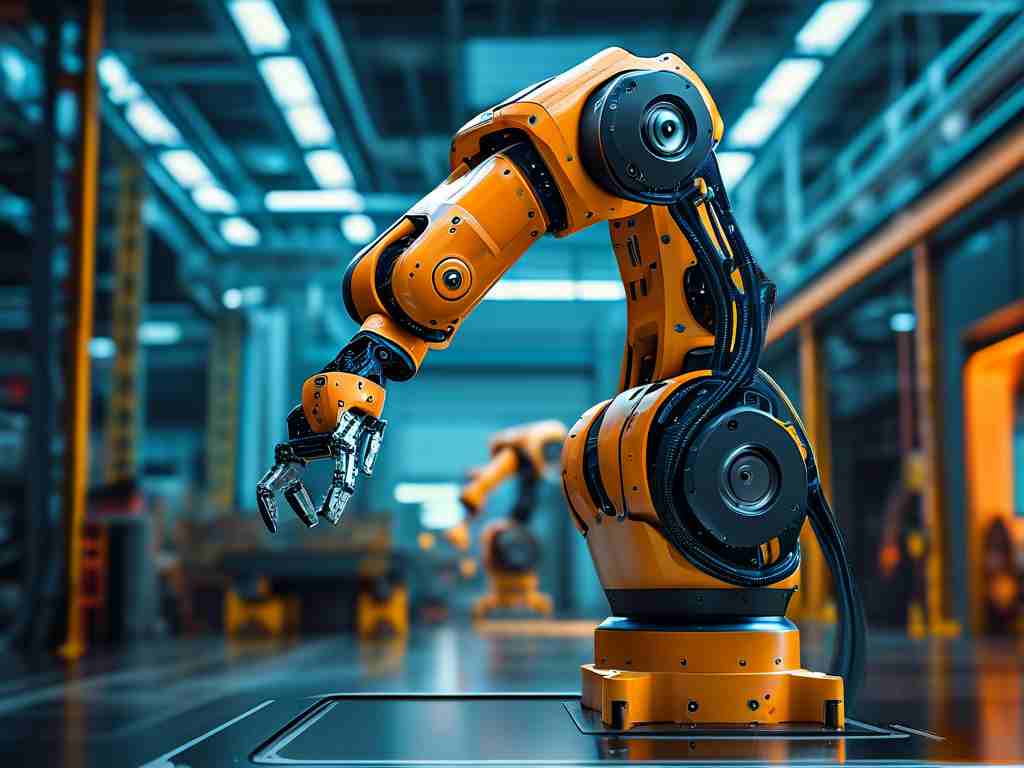The integration of autonomous transport robots into industrial and commercial logistics has become a cornerstone of modern supply chain innovation. Unlike traditional material-handling systems, these self-guided machines leverage advanced sensors, artificial intelligence (AI), and real-time data processing to optimize workflows, reduce operational costs, and enhance safety. This article explores the technological advancements driving unmanned transport robots, their applications across industries, and the challenges shaping their future adoption.
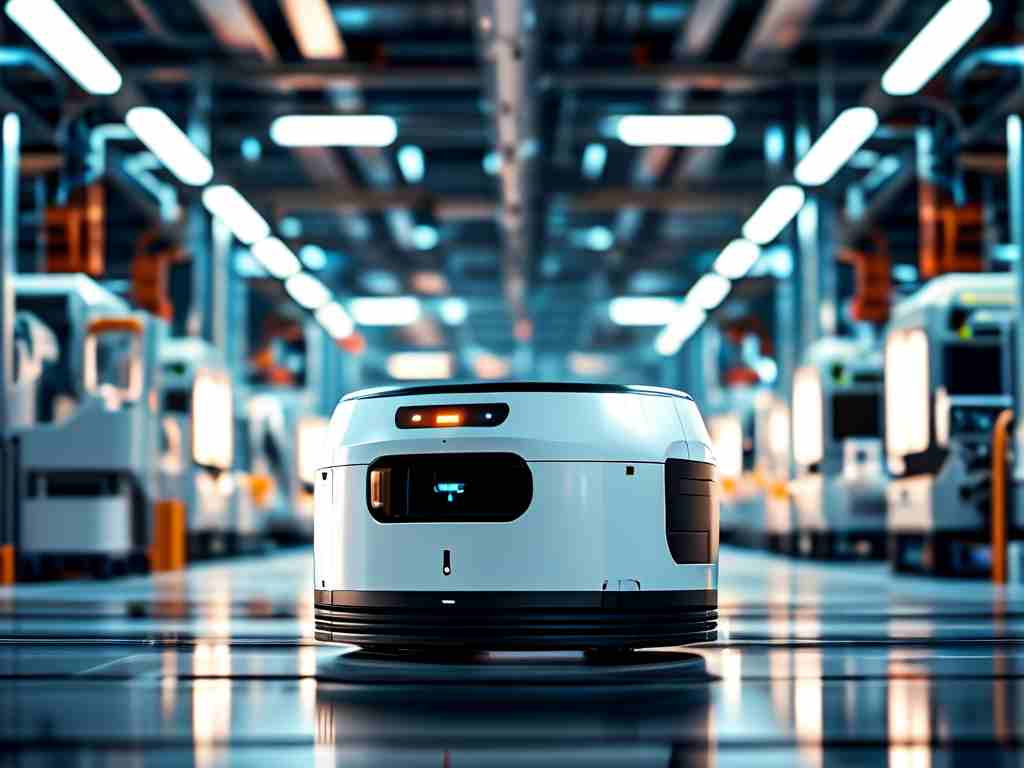
Core Technologies Behind Autonomous Transport Robots
At the heart of unmanned transport robots are three critical technologies: simultaneous localization and mapping (SLAM), machine learning algorithms, and IoT connectivity. SLAM enables robots to navigate dynamically changing environments by constructing and updating maps in real time. For instance, Amazon’s warehouse robots use LiDAR and SLAM to avoid obstacles while transporting goods. Machine learning further refines decision-making, allowing robots to predict traffic patterns or prioritize tasks based on urgency. Meanwhile, IoT integration ensures seamless communication between robots, warehouse management systems, and human operators, creating a cohesive ecosystem.
Industrial Applications and Efficiency Gains
Autonomous transport robots are transforming industries ranging from manufacturing to healthcare. In automotive factories, AGVs (automated guided vehicles) deliver components to assembly lines with millimeter precision, reducing human error and downtime. Similarly, hospitals deploy disinfection robots that autonomously navigate wards, minimizing infection risks. A 2023 study by McKinsey revealed that companies adopting these robots saw a 40% reduction in logistics-related accidents and a 25% increase in throughput.
E-commerce giants like Alibaba and JD.com have also capitalized on this technology. Their fulfillment centers use fleets of robots to sort, pick, and pack orders, slashing delivery times by up to 50%. This scalability is particularly valuable during peak seasons, where human labor alone cannot meet surging demand.
Challenges in Deployment and Adaptation
Despite their benefits, unmanned transport robots face hurdles. High initial investment remains a barrier for small businesses, with a single robot costing between $20,000 and $100,000. Additionally, integrating these systems into legacy infrastructure often requires costly retrofitting. For example, a German manufacturer reported spending 18 months recalibrating its factory layout to accommodate AGVs.
Another challenge is the lack of standardized regulations. While the EU has established safety guidelines for collaborative robots (cobots), other regions lag, creating compliance complexities for multinational firms. Cybersecurity is another concern, as interconnected robots could become targets for data breaches or operational sabotage.
The Future: Smarter, Smaller, and More Collaborative
The next generation of autonomous transport robots will focus on miniaturization and swarm intelligence. Smaller robots, such as Toyota’s suitcase-sized delivery bots, are already being tested in urban logistics for last-mile delivery. Swarm technology, inspired by ant colonies, enables multiple robots to collaborate on complex tasks. Researchers at MIT recently demonstrated a swarm of 1,000 coin-sized robots that could collectively transport heavy payloads—a breakthrough for construction and disaster response.
Furthermore, advances in edge computing will reduce reliance on cloud-based systems, enabling faster decision-making in environments with limited connectivity. Energy efficiency is also improving, with hydrogen fuel cells and wireless charging pads extending operational lifespans.
Autonomous transport robots are no longer a futuristic concept but a present-day reality reshaping global logistics. While challenges like cost and regulation persist, ongoing advancements in AI, IoT, and energy systems promise to overcome these barriers. As industries continue to embrace automation, these robots will play a pivotal role in building resilient, efficient, and sustainable supply chains.


